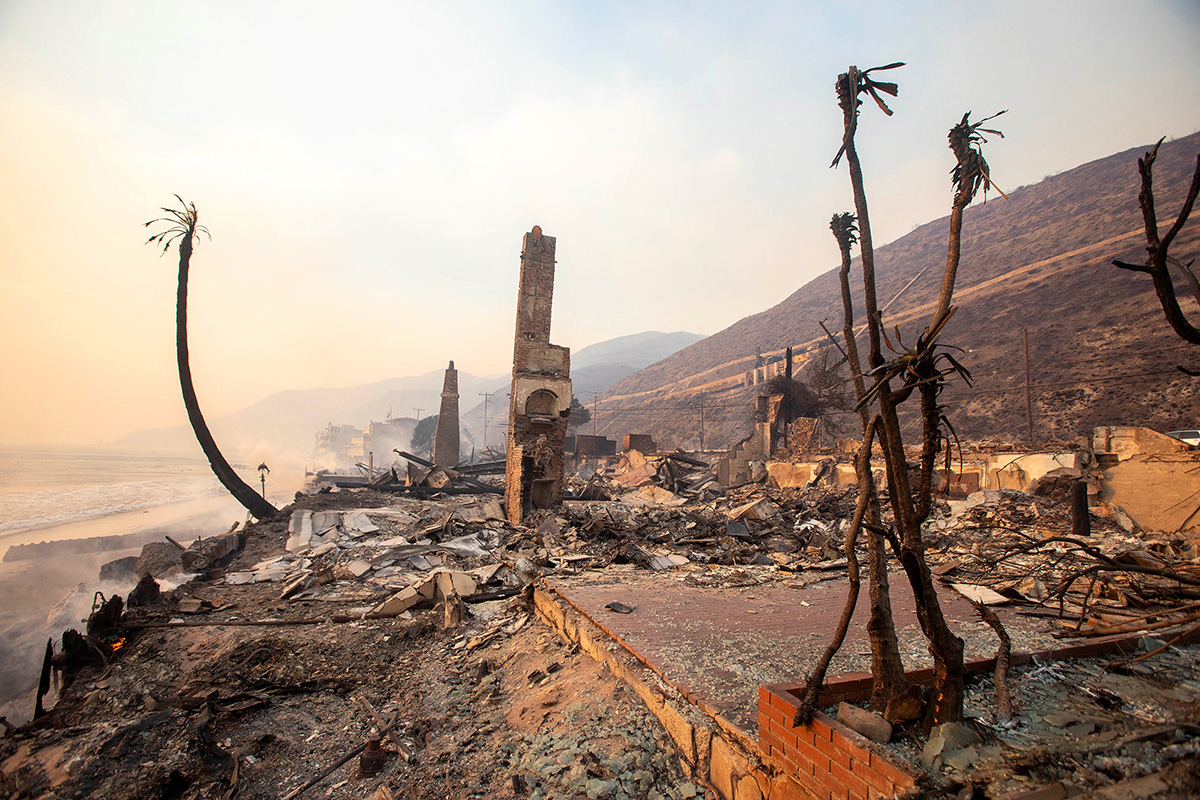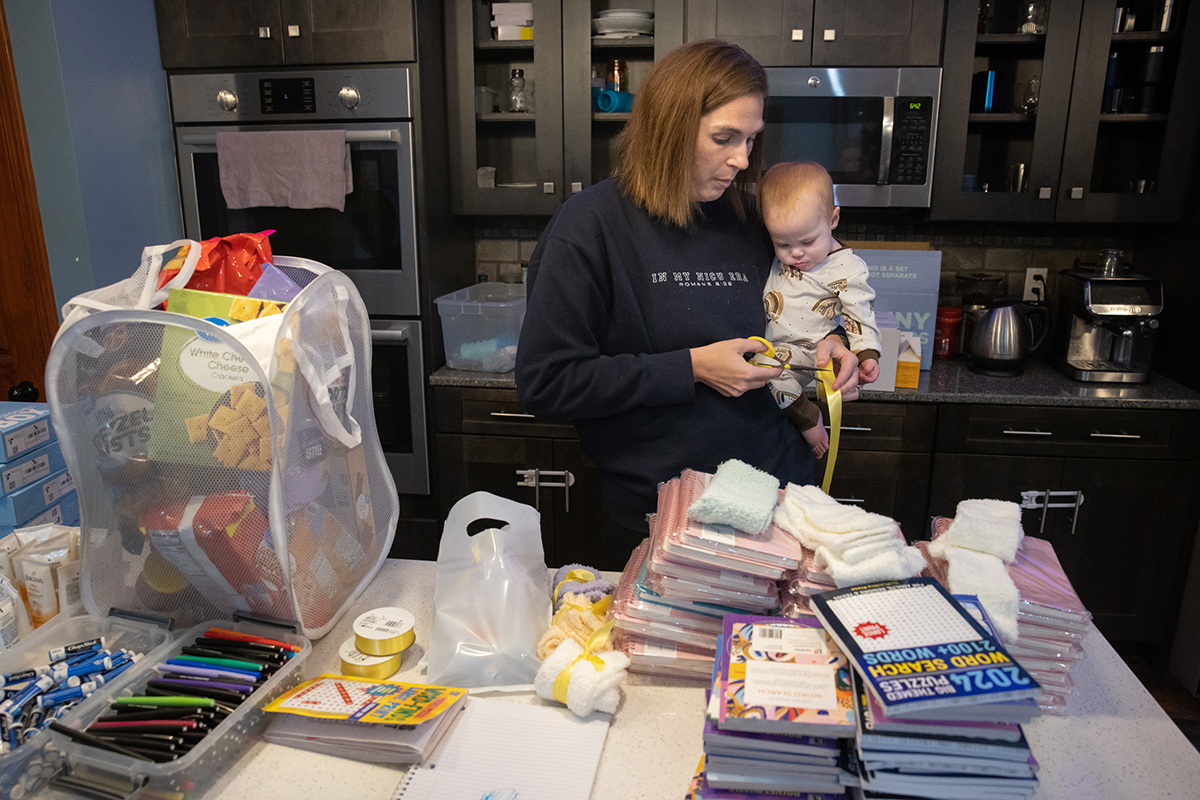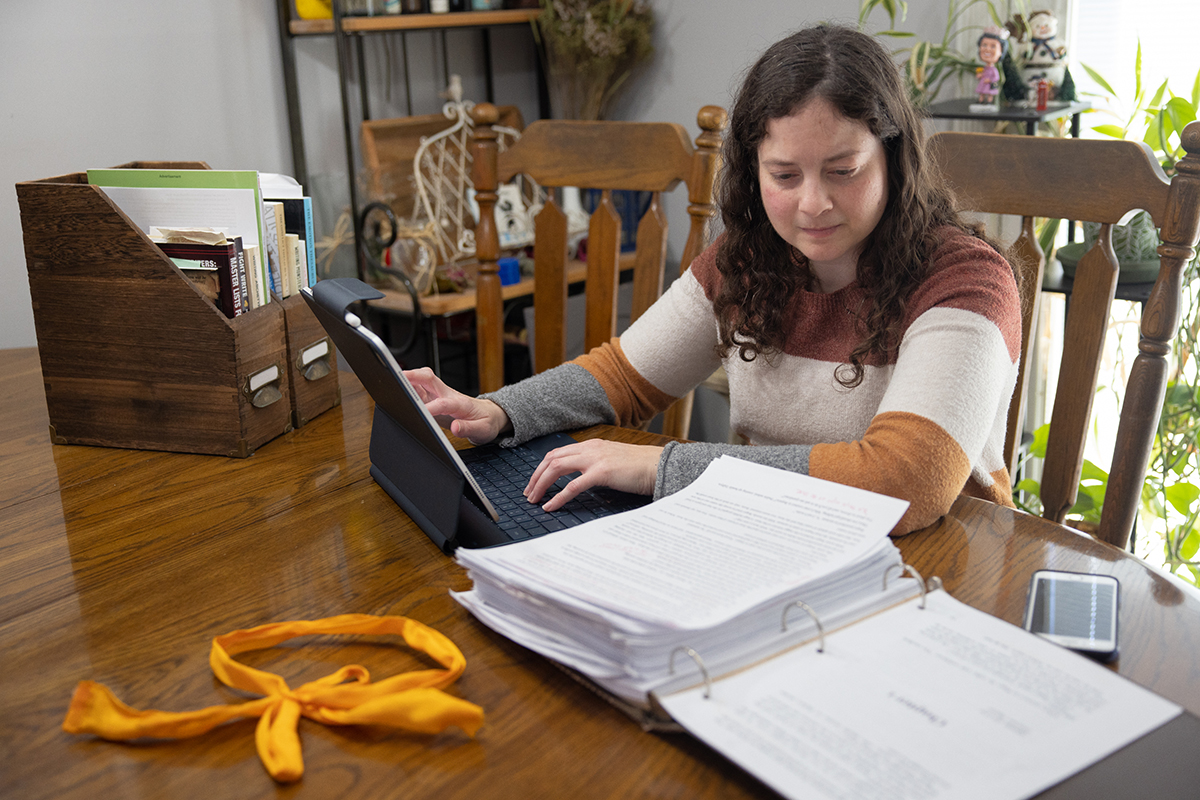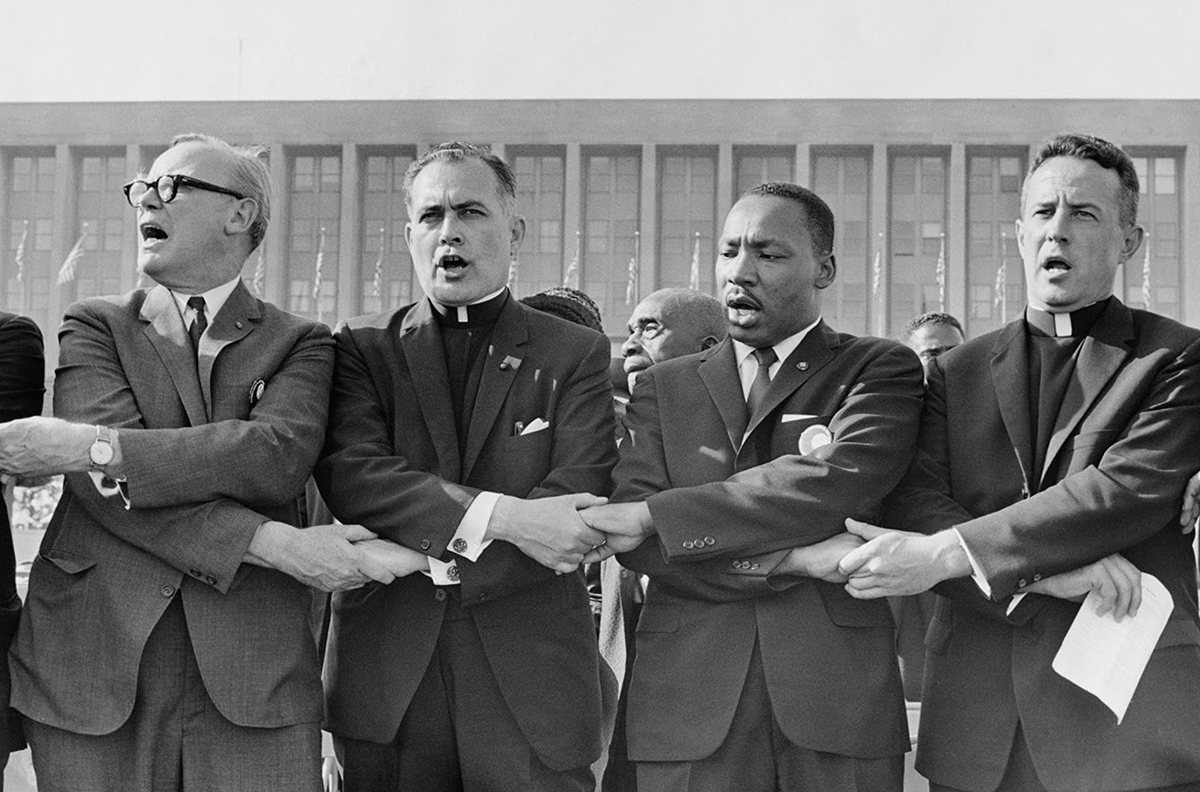Catholic groups call for more action as 1 in 10 children remain trapped in child labor
Nearly one in 10 children are forced into child labor globally, with some compelled into hazardous work through trafficking. On June 12, humanitarian institutions and the international community — including Catholic organizations — mark the World Day Against Child Labor, in an effort to bring attention to the extent of the issue and the efforts necessary to eliminate it.
Observed since 2002, the World Day Against Child Labor has as its theme for 2024, “Let’s act on our commitments: End Child Labor!”
It also marks the 25th anniversary of the adoption of the United Nations International Labor Organization’s Convention No. 182, on the Worst Forms of Child Labor (1999). In 2020, it was the first such convention to be universally ratified.
With the ILO convention, “the world made a solemn commitment to take immediate and effective steps to end the worst forms (of) child labor,” said ILO Senior Child Labor Specialist Benjamin Smith. This “includes slavery and similar practices, the commercial sexual exploitation, the use of children in illicit activities like drug trafficking, and hazardous work that affects their health and safety.”
UNICEF reports that roughly 160 million children — one in 10 children globally — were subjected to child labor at the beginning of 2020, including 63 million girls and 97 million boys. In the world’s poorest countries, UNICEF reports slightly more than one in five children ages 5-17 are engaged in child labor, meaning “when they are either too young to work or are involved in hazardous activities that may compromise their physical, mental, social or educational development.”
“There has been important progress,” Smith said, while acknowledging “we still have a long way to go.”
“We know what works against child labor,” Smith said. “Promoting decent work for parents so they can afford to send their children to school, not work; universal good quality education; universal social protection; and a strong legal framework based on ILO Conventions.”
He emphasized, “What is urgently needed is to scale up these solutions.”
Lucy Steinitz, senior technical adviser for protection at Catholic Relief Services, the global humanitarian arm of the Catholic Church in the U.S., said the experience of child labor “is cruel, because it cuts off the child’s future — but it’s not necessarily done out of cruelty. It’s done out of necessity; it could be divided families, one parent could have died or it was a single-parent family to begin with,” Steinitz said. “And then if there’s an illness in the family — either with the breadwinner or increased demands because of other illnesses — children are most often forced to work.”
While CRS doesn’t operate specialized child labor prevention programs, none of its work is done without incorporating child labor safeguards and protections.
Local culture, customs and laws also vary, Steinitz noted.
“In each country there’s a different age by which children can start working,” she said. “And some housework and some field work, voluntary labor by children, is not child labor per se; it’s chores — but they’ll be more significant in lower income families, of course.”
Nonetheless, access to schooling must be protected.
“Our position is, as long as the child is able to go to school on a regular basis and has time for homework as required — and within the laws of the land — that’s our goal,” Steinitz said.
Steinitz finds herself concerned for the future — particularly as changing climates, such as the drought she sees where she is in Zimbabwe, devastates the livelihoods of families who may depend on just “a couple of goats or even a cow.”
“My fear is it’s going to get worse,” she said.






